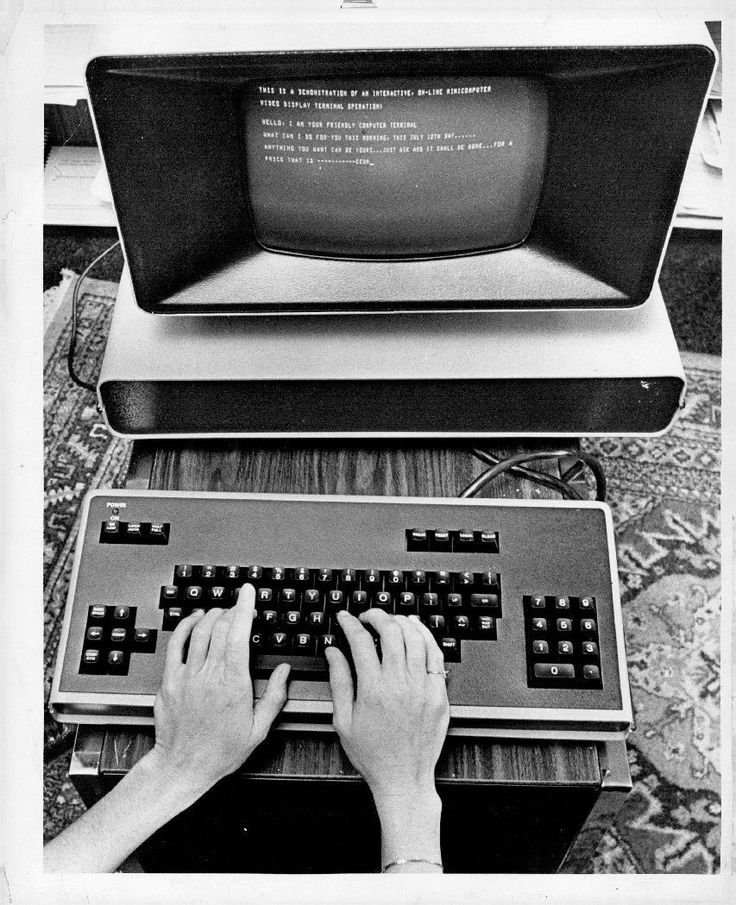The understanding of human motivation is your driving factor behind consumer loyalty.

We are hardwired to seek rewards throughout our day-to-day lives. It is a human code that has been inscribed into us from the beginning of time. Emotions such as love, fear, excitement, and even guilt are all driving factors that play into our motivation to chase after a goal or to accomplish a task.
However, motivation does not just play into our desire to go for a run, get out of bed, or make ourselves a meal. Motivation is a tremendous factor in driving a potential customer towards a company, or to keep employees satisfied within an environment.
We need to be driven by goals, beliefs, values, or emotional connection.
Whether driven by fear, desire or necessity, everything we accomplish is done with a purpose.
Intrinsic and extrinsic motivating factors drive human purpose behind what we do and the development of loyalty to a brand or company.
Maybe it is all Just in Your Head
Motivating factors can come from desires that are cultivated within you, or they can come from external factors from the environment around you (Paharia, 2013). The difference in motivating factors defines the differences between intrinsic motivation and extrinsic motivation.
Motivation and willpower (and the related concepts of drive, tenacity and self-control) are generated within oneself by neural processes across multiple areas of the brain when you intentionally engage in or refrain from certain actions and behaviors. This in turn creates a positive feedback loop which increases your sense of motivation towards a goal or outcome (Huberman Lab, n.d.).
Intrinsic motivators are not specially learned, but they are developed within the depths of your inner self. Your deep desire to accomplish a goal for yourself or to develop your own sense of purpose drives creative expression.
Andrew Huberman explores the link between neuroscience and the driving factors behind motivation. He explores how repetition rewires our neuro-circuits. The quote mentioned above explores how motivation and willpower are generated within oneself.
The five main intrinsic motivators that have been identified include Autonomy, Mastery, Purpose, Progress, and Social interaction (Paharia, 2013).
These motivators, when combined, create the cocktail needed to keep us moving towards a goal. What you value and how you see the world has developed from these five motivators.
Understanding how we interact with the thoughts in our minds can drive development in new loyalty discoveries.
Embracing Failure to find Purpose
True mastery at any task or goal requires growth. No piece of artwork has ever been created that did not have a vision and a story behind it. The art of mastering a task requires fertilizer and water with positive thoughts, day after day, month after month, and year after year.
Developing this mindset leads to inner growth. The ones who embrace personal responsibility develop a growth-mindset over time.

When adopting a growth mindset, we can see failures as lessons, and we can master our craft from the pain that is turned into perseverance.
Studies on growth mindset prove that our minds can change. The analysis by Sousa & Clark explores the relationship between academic success and having a growth mindset.
You may be wondering how this applies to the workplace?
Well, everything that an employee does requires growth. How well certain employees adapt to change can create the whole environment of a workplace.
Change requires growth, but growth requires the mindset that failures are lessons, and loyalty can be cultivated over time. Ultimately this leads to true purpose.
Little by Little
Motivational speeches tell us to embrace the “small wins” in our lives. It may seem cliché, but there is truth behind these words.
Feeling like we are making progress towards a goal, even if it is just sending a text, or drawing a new line on a piece of paper, resets the positive reinforcement loop in our minds. This keeps the wheels turning to take on the next step towards a goal.
Projects and goals take time and effort. Seeing the tiny steps towards reaching our goals as an accomplishment, rather than just seeing the overall completion, keeps motivation steady without drastic highs and lows.

According to Paharia, “The lessons for engagement and motivation are fairly straightforward—make small wins frequent, possible, and visible” (2013).
Loyalty 3.0 does not just factor in the desires of the workplace, but rather fosters innovation in the field of understanding human psychology.
What drives us, gives us purpose, and instills that fire that burn passion to our hearts is the root of loyalty 3.0.
Embracing humans as they are and fostering the growth that will develop over times leads to employee satisfaction and the belief that all things can be successful.
Citations
Dweck, C., & Yeager, D. (2019). Mindsets: A view from two eras. Perspectives on Psychological Science, 14(3), 481–496. https://doi.org/10.1177/1745691618804166
Huberman Lab. (n.d.). Motivation and willpower. Huberman Lab. Retrieved August 27, 2025, from https://www.hubermanlab.com/topics/motivation-and-willpower
Paharia, R. (2013). Loyalty 3.0: How to revolutionize customer and employee engagement with big data and gamification. McGraw‑Hill Education.
Sousa, B. J., & Clark, A. M. (2025). Growth mindsets in academics and academia: A review of influence and interventions. Journal of Higher Education Policy and Management. Advance online publication. https://doi.org/10.1080/1360080X.2024.2384003


Leave a Reply